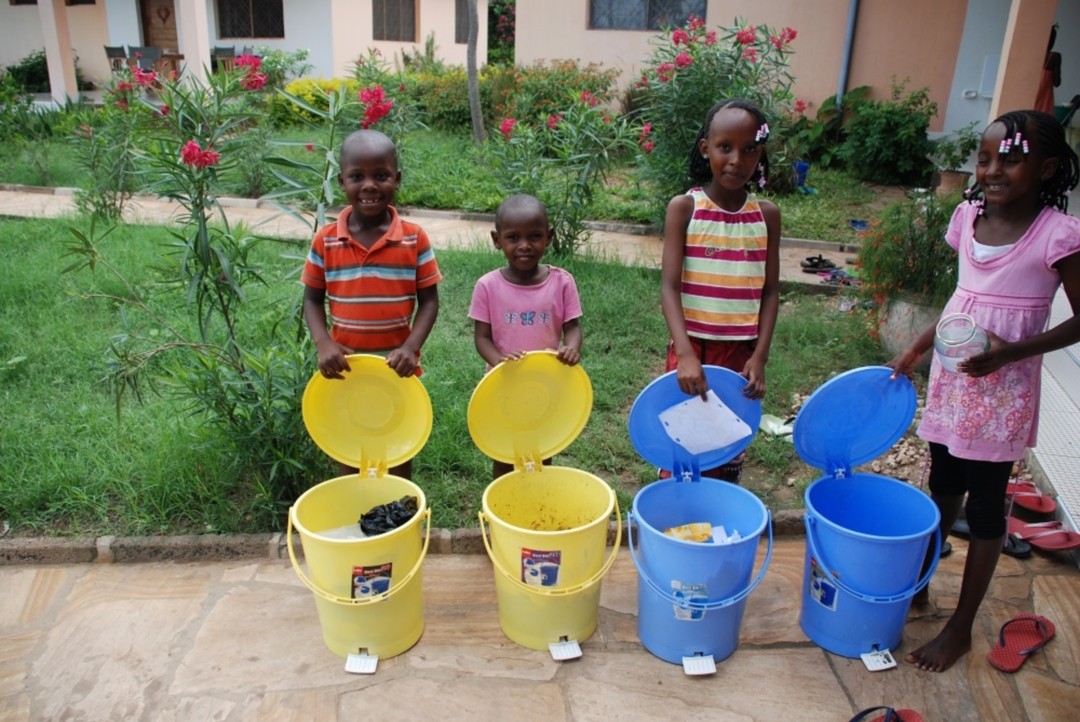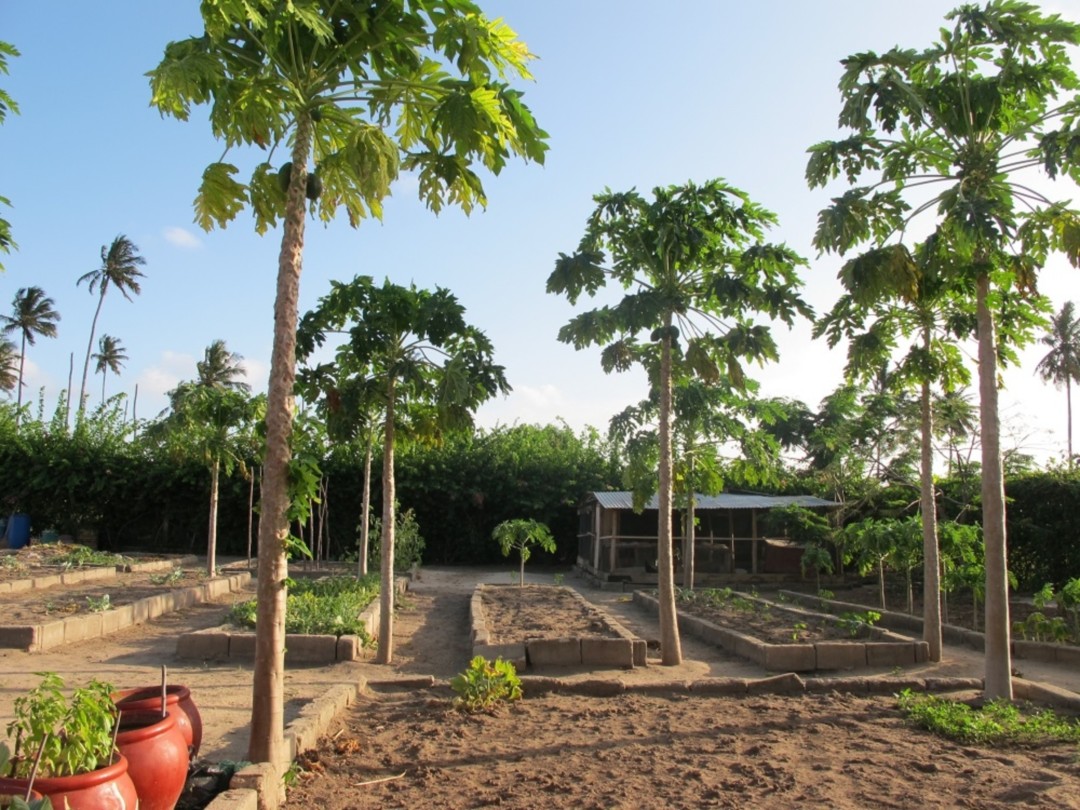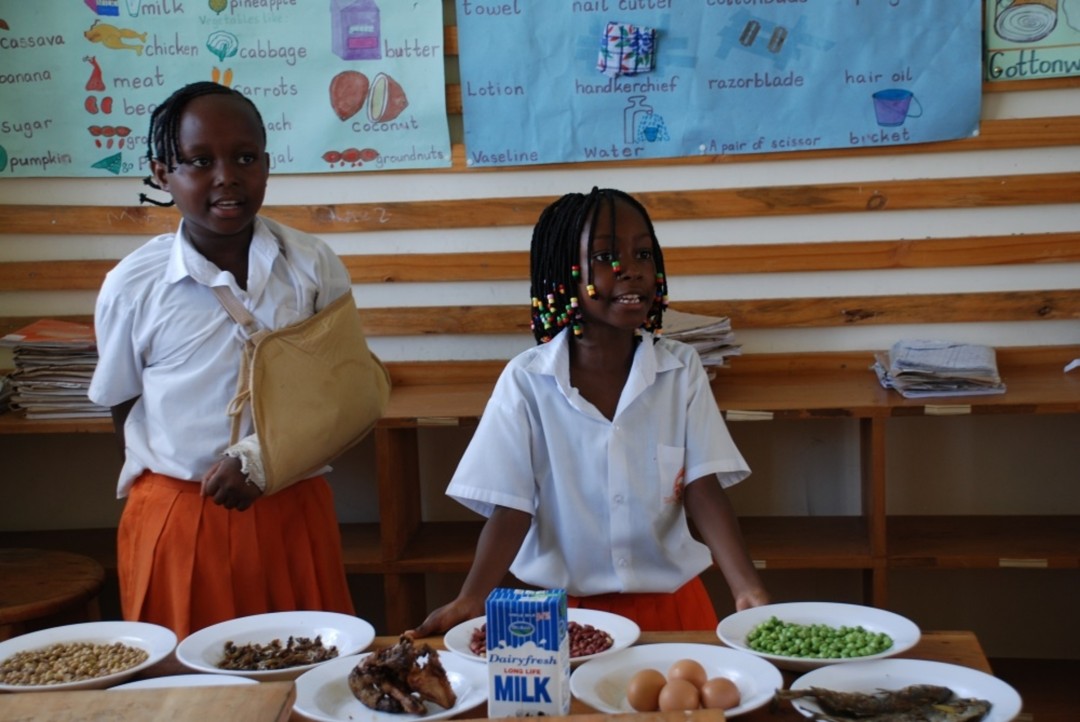Expansion of a primary school
The project aimed to increase the capacity of the Tuwapende Watoto Primary School by constructing a 3-classroom block on a plot of land adjacent to the existing school. In order for all children to have an equal opportunity to learn, a limit of 35 students per class was set. The three additional classrooms aimed to enable more children from the village and surrounding communities to complete their primary education.
The new 3-classroom block was completed on the newly acquired plot of land in December 2014 and was operational for the start of the academic year in January 2015. As predicted, demand for enrolment was particularly high at the beginning of 2015. Ninety-five additional pupils were enrolled, bringing the total number of children to 400. Additional teachers were recruited in order to ensure a quality education was maintained for all the children.
Founded in Switzerland in 2004, the Tuwapende Watoto Foundation (which means “We love children”) helps orphaned and abandoned children in Dar-es-Salam, Tanzania.
Type
Education / EnvironmentDuration
January 2014 - December 2014Location
Bunju B, Dar-es–Salaam / TanzaniaWith whom
Tuwapende Watoto Foundation
Website





Tanzania
Population
57.3 million (2017)
Per Capita Income
USD 920/year
Poverty rate *
28% (2011)
Literacy rate
78% (2016)
Human Development Index
154TH OUT OF 189 COUNTRIES (2018)
Tanzania has experienced high and relatively stable growth rates over the past decade. At the same time, Tanzania is lagging in primary school completion, maternal health, poverty eradication, malnutrition and environmental sustainability. While the poverty rate has recently declined, the absolute number of the poor has not changed due to the fast pace of population growth (3% per annum). It has made little progress towards reducing extreme hunger and malnutrition, particularly in rural areas. However, scrapping contributions for primary and secondary school has drastically increased primary school enrolment.
Sources: World Food Program, UNICEF, World Bank, 2016 Human Development Report, Human Development Indices and Indicators (2018 Statistical Update)
*The percentage of the population living below the national poverty line.